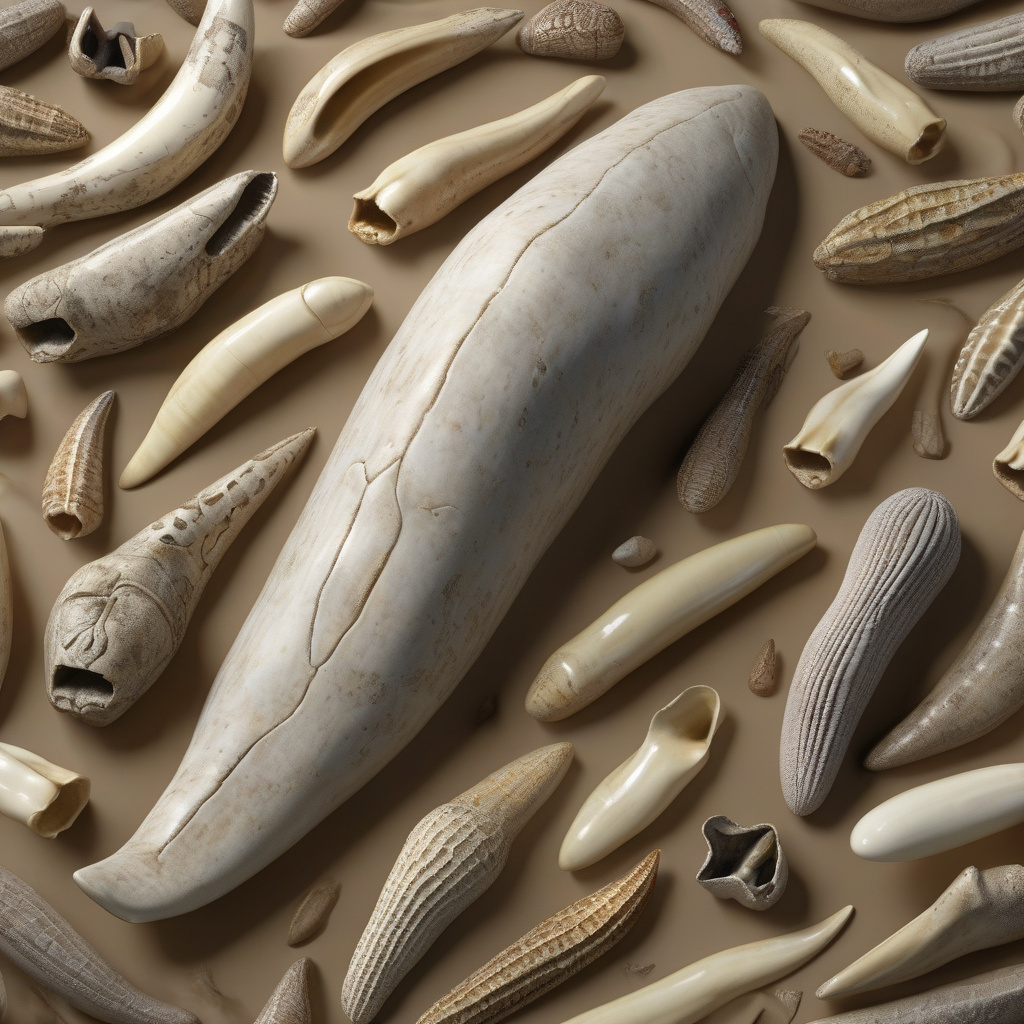4,000-Year-Old Sperm Whale Tooth Reveals Early Humans Scavenged Sea Shores
An international research team, led by Dr. Samuel Ramírez-Cruzado Aguilar-Galindo, has uncovered an “exceptional” sperm whale tooth that sheds light on the scavenging practices of early humans along the seashores. This 4,000-year-old artifact was discovered in a coastal cave in Cornwall, UK, providing valuable insights into the resourcefulness and adaptability of our ancestors.
The sperm whale tooth, measuring over 6 inches in length, was found among a collection of ancient tools and bones, indicating that early humans utilized all available resources, including those from marine mammals. This discovery challenges previous assumptions about the diet and hunting practices of ancient coastal communities, suggesting that they were skilled scavengers capable of exploiting a wide range of environments for survival.
Dr. Samuel Ramírez-Cruzado Aguilar-Galindo, a leading expert in ancient marine archaeology, highlights the significance of this find in understanding the relationship between early humans and the sea. He explains that the presence of the sperm whale tooth provides direct evidence of human interactions with marine ecosystems and emphasizes the importance of coastal areas as rich sources of food and materials for ancient populations.
The research team utilized advanced dating techniques, including radiocarbon analysis, to determine the age of the sperm whale tooth and place it within the context of early human activity in the region. By combining archaeological evidence with ecological data, the researchers were able to reconstruct a more comprehensive picture of how ancient coastal societies thrived by exploiting diverse resources.
Furthermore, the discovery of the sperm whale tooth challenges conventional narratives of prehistoric human behavior, showcasing the innovative ways in which early communities adapted to their surroundings. Instead of relying solely on hunting terrestrial animals, these resourceful individuals ventured into the sea, demonstrating a deep understanding of marine ecosystems and the opportunities they presented.
This groundbreaking research not only enriches our understanding of early human history but also underscores the resilience and ingenuity of our ancestors in utilizing coastal environments for their sustenance. The presence of the 4,000-year-old sperm whale tooth serves as a tangible link to the past, connecting us to the ancient practices of scavenging and resource utilization that shaped human evolution.
In conclusion, the discovery of the sperm whale tooth in Cornwall offers a fascinating glimpse into the lives of early humans who roamed the shores thousands of years ago. By embracing a multidisciplinary approach to archaeology and incorporating cutting-edge scientific methods, researchers have been able to unveil new aspects of human behavior and adaptation in coastal environments. This remarkable find reminds us of the enduring connection between humans and the sea, echoing a legacy of exploration and exploitation that dates back millennia.
sperm whale, tooth, early humans, sea shores, archaeology












